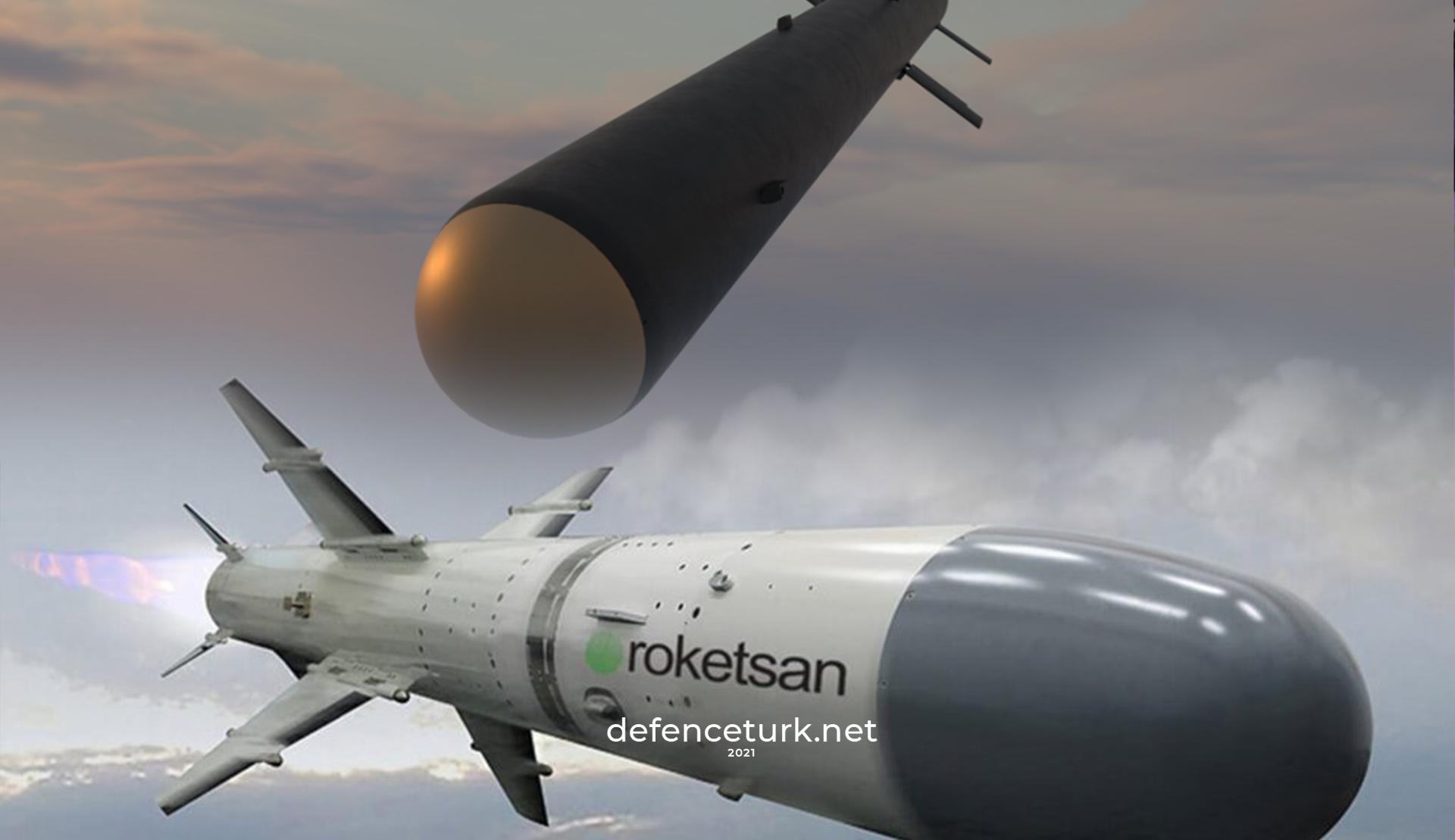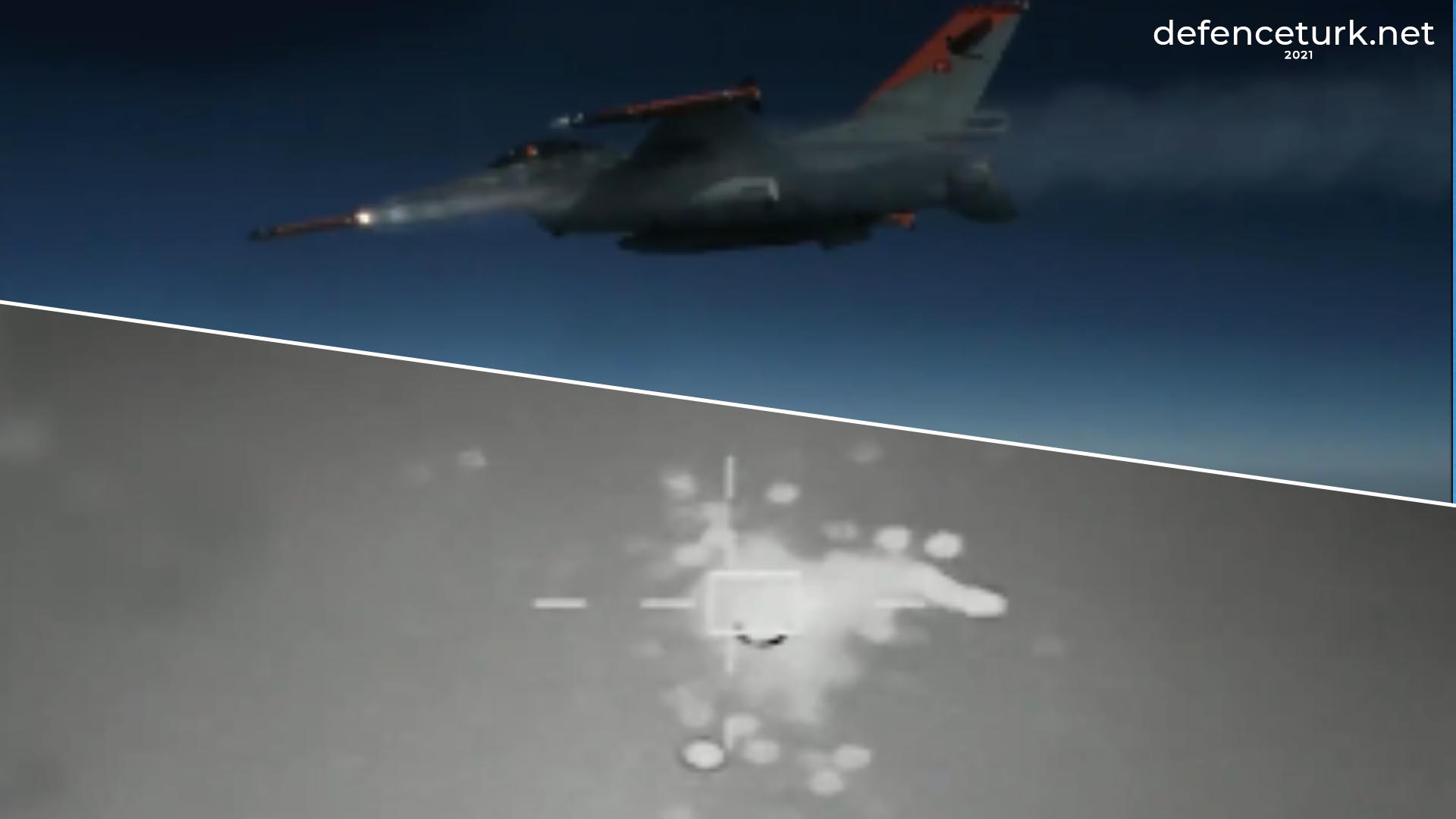Not using sfdr in missile will have lot of penalties , first one is that missile will be heavier and longer for similar range to meteor , will be complex to write code for manuvers as fuel will be moving inside Unless you make it pressurized and add weight for pump , and due to size ,you may find it harder to integrate on your tfx or the number will be 4 instead of 6 .
On plus side , it will be more maneuverable if u can write a good code for it .
And sfdr tech is pretty easy to develop compared to liquid fuel .
Solid fuel ramjet technology, especially the throttle-able version is not easy to develop. It is expensive and very precise.
You cannot easily turn off and then restart a solid fuelled rocket like you would with a liquid/gel fuelled one.
Since solid fueled rockets can’t be turned off they can be extremely dangerous.
The solid fuel is very integral to engine performance. So if you fire a solid rocket on the test stand then when you refuel and refurbish it for use on a launch vehicle you’re basically getting a new rocket motor.
Meanwhile, liquid fueled rocket engines can be tested repeatedly after construction and between maintenance cycles.
For a country like Turkey where finances are restricted, if your intentions are to go forward with Ramjet and Scramjet Anti Ship missile technology, then Liquid/gel fuelled version is a no brainer.
Solid fueled rockets cannot be throttled in response to changing flight conditions. You can pre-set the throttle of a solid-fueled rocket by carefully shaping the solid fuel before launch but once lit, that’s it. Liquid fueled engines can be throttled in response to emergencies, or even turned off.
Solid fueled rockets have lower exhaust velocities (a “specific impulse” of less than 300, while liquid fueled rockets usually range from 300 to 450), making them less efficient for their mass. They also tend to have high dry weights since they require heavy casings to contain the internal pressure of their combustion, while liquid fueled rockets can use lightweight for storage tanks.
As solid fuel is contained within the periphery of the ramjet engine’s combustion chamber, the fuel burning away changes the shape of the combustion chamber. However, that’s true for every solid rocket. That’s why an integral part of solid rocket science is designing the cross-section, or shape, of the solid fuel/oxidizer. Do you want constant thrust? Design the surface to maintain a constant area as it burns down. Constant acceleration? A bit more difficult as you must design the burning area to shrink at the exact rate at which mass ratio is changing.
Solid fueled rockets have the advantage of being easily prepared in advance and stored for years at a time. But this advantage is negated to a degree with Gel type fuels.










